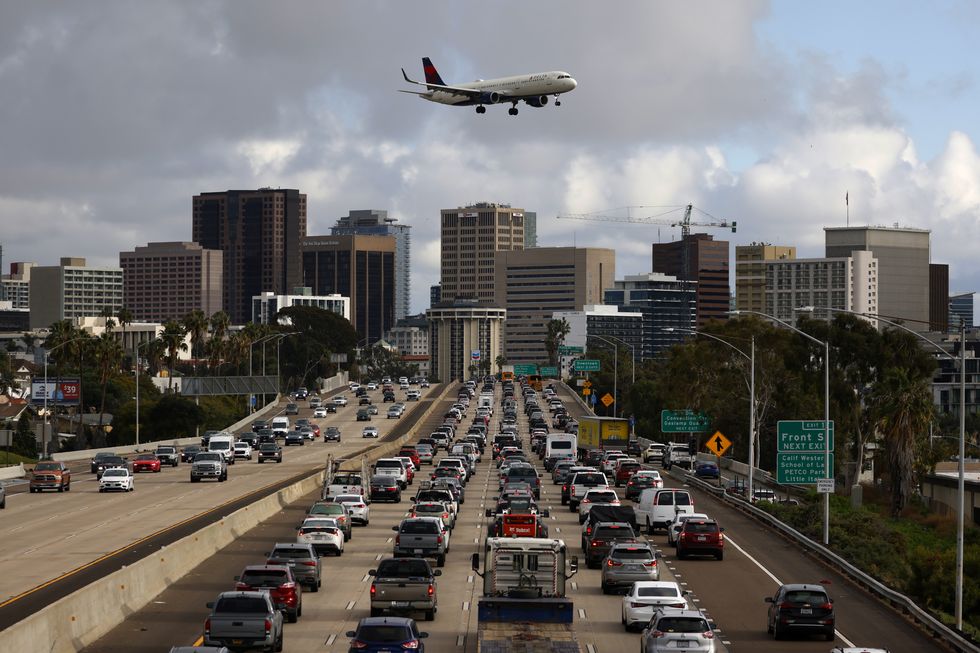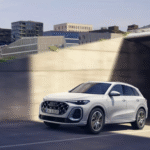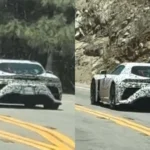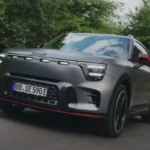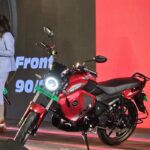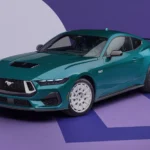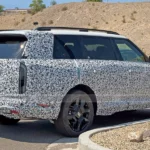California is known for its car culture. It also leads in emissions regulations. These two facts seem to oppose each other. Now, U.S. Senate Republicans are acting. They aim to end California’s long-held power. This power involves setting its own emissions rules. The state’s plan to ban new gas car sales is a main target.
California’s Unique Emissions Authority
California has a unique ability. For decades, it has set its own emissions rules. This created a specific market. Vehicles had to be compliant with California standards. Furthermore, 17 other states adopted these stricter rules. Everyday impacts of these rules include annual emissions testing. Strict rules about car modifications are also common.
Senate Republicans are determined to remove these regulations. This move also targets California Governor Gavin Newsom. It attacks states that follow California’s lead.
Federal Rollbacks and Senate Action
The Environmental Protection Agency (EPA) has already rolled back rules. Stricter federal emissions rules from the Biden administration were affected. This occurred under Lee Zeldin’s leadership. A recent vote by Senate Republicans furthers this mission. They want to force California to cede automotive power. This power would return to the federal government.
Specifically, Senate Republicans voted to review California’s emissions waiver. They used the Congressional Review Act. This act allows a simple majority vote to overturn waivers. Therefore, Senate Democrats cannot block the vote. They cannot use a filibuster.
Waivers Revoked: A Turning Point
On Thursday, the Senate cast a critical vote. The vote was 51-44 in favor of revoking waivers. Three of California’s vehicle emissions waivers were removed. This action directly impacts the state’s power.
California can no longer mandate all new car sales be electric vehicles by 2035. Senator Elissa Slotkin of Michigan was the only Democrat to vote for the bill. This move follows House of Representatives action. House legislators already voted to reverse the waiver. This means the bill now goes to President Donald Trump. He will decide to sign it into law.
The History of California’s Emissions Independence
California’s emissions independence has a long history. It spans nearly 60 years. The state has received waivers repeatedly. Both Democratic and Republican administrations granted them. Democratic lawmakers argue these EPA waivers are not subject to review. They claim this mechanism’s use is illegal. Officials at the Government Accountability Office agree. The U.S. Senate parliamentarian also agrees.
Historically, automakers largely followed California’s standards. States compliant with CARB rules account for 40% of new light-duty vehicle registrations. This is across the entire U.S. “These waivers are not new or novel,” stated Kathy Harris. She is director of clean vehicles at the Natural Resources Defense Council. “Stymieing California’s ability is a direct attack on our ability to limit pollution and health-harming pollutants in the air.”
Fallout for Following States and Future Battles
The immediate fallout is unclear. What happens to the 17 states following CARB rules? This is uncertain if California’s independence is repealed. States constitutionally have the ability to offer stronger protections. These can exceed federal counterparts. However, this change could force a complete reworking. Each state’s emissions rules might need rewriting. Regardless, Senate Democrats and Governor Newsom will fight back. They are not giving up easily.
Senators Alex Padilla, Sheldon Whitehouse, and Chuck Schumer released a statement. Schumer is the Senate minority leader. They said, “This move will harm public health and deteriorate air quality for millions of children and people across the country.”
Political Motivations and Air Quality Concerns
California Governor Gavin Newsom also commented. He highlighted the stakes. “The United States Senate has a choice,” he stated. “Cede American car-industry dominance to China and clog the lungs of our children.” Alternatively, they can “follow decades of precedent.” They can uphold clean-air policies. Ronald Reagan and Richard Nixon fought for these policies. Newsom challenged, “Will you side with China or America?”
California’s clean air is a direct result. Decades of emissions regulations created it. Rolling back vehicle standards risks domestic development. This recent Senate action is another example. President Trump mobilizes the Republican party. He aims to follow through on his promises. Trump previously spoke against electric vehicles.
More recently, he praised Elon Musk’s Teslas. During his campaign, Trump said, “California has imposed the most ridiculous car regulations anywhere in the world, with mandates to move to all-electric cars.” He added, “I will terminate that.”
A Pivotal Moment for US Auto Policy
The Senate’s decision marks a pivotal moment. It impacts U.S. automotive policy. It challenges California’s environmental leadership. The outcome could reshape vehicle standards nationwide. The battle over state versus federal power continues. This affects public health and the auto industry’s future.


